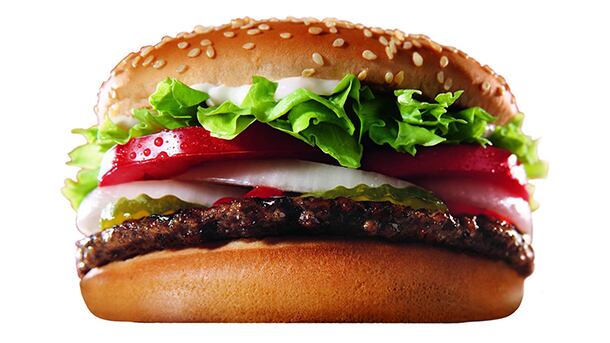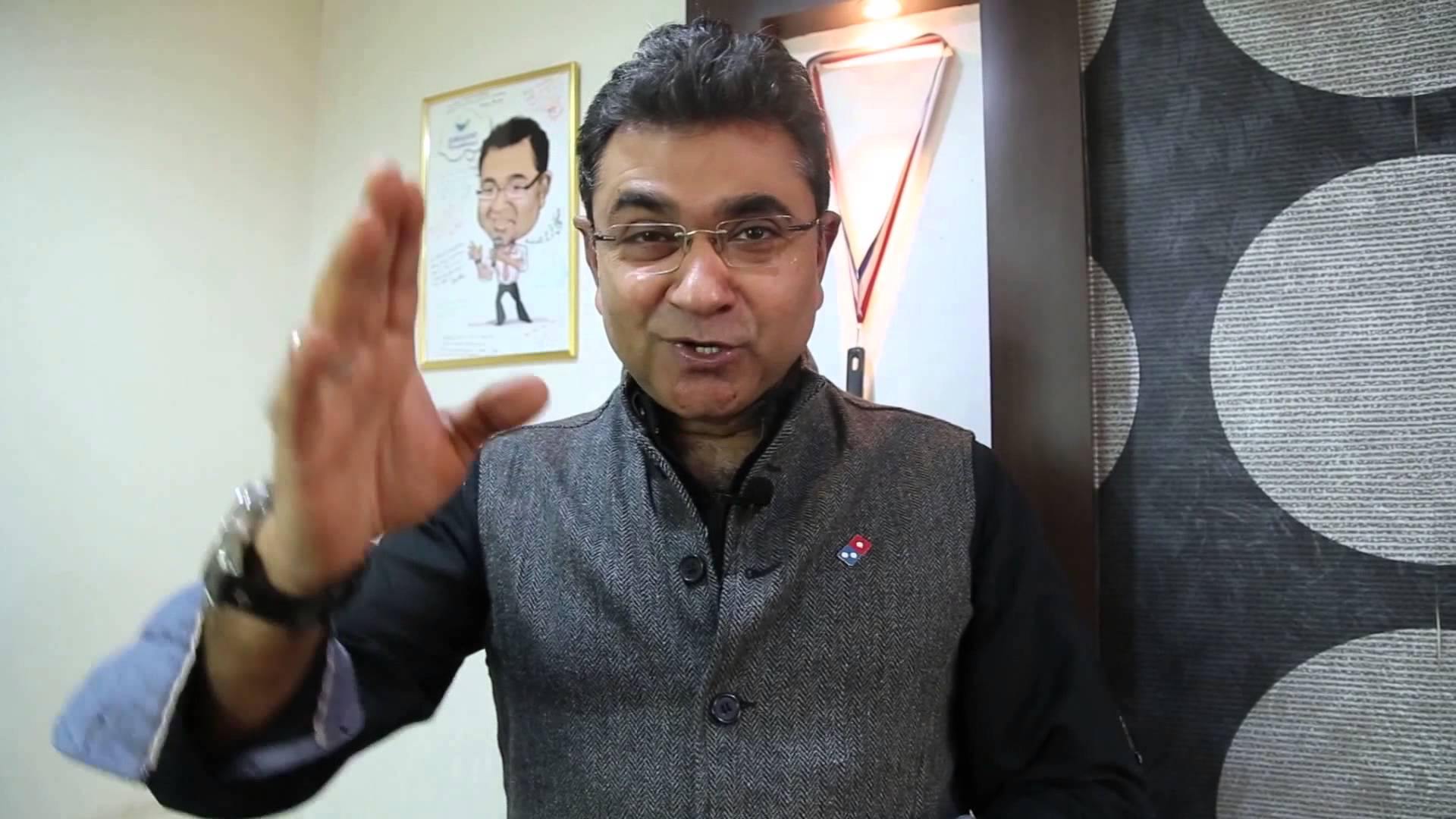Until just over a decade ago, rural fish farmers usually sold their fish to local traders; now they are selling two-thirds of their product to large wholesalers based in towns and cities, a study has found.
Calling its transformation a “quiet revolution”, researchers at the International Food Policy Research Institute (Ifpri) found that three quarters of fish farmers now sell their fish commercially.
Their investigation also showed there there has been an equally rapid shift among consumers eating fish from home ponds to purchasing farmed fish from markets.
“What really surprised me about these findings,” said Ricardo Hernandez, research co-ordinator at Ifpri and lead author of the study, “was the extent of the growth in many sectors, not just in production but also in many off-farm segments, such as rural and urban traders, input dealers and feed mills.
“The rapid increase in mainly small and medium actors has produced a more competitive environment that has pushed the adoption of new technologies, which has increased productivity. This has greatly benefitted poor and low-income consumers.”
This growth has come from increased demand, as well as from improvements in technology, communications and infrastructure. Investments by millions of farm households and small and medium enterprises have also had a considerable impact.
Very little change was brought about by NGO or government action, however, though the Dhaka government did play an important role in the early stages of development through infrastructure investments, such as in fish seed production, electricity and roads.
It also fostered a pro-business outlook, as well as a laissez-faire approach to land use and crop choice, Hernandez believes.
What was once a subsistence enterprise in Bangladesh has seen a tripling of volume and players in all segments.
There has been a proliferation of feed mills, hatcheries, farmers and traders, with a rapid increase in purchased seed and feed and fast growth in the use of chemicals.
“Aquaculture has become an important driver of the Bangladeshi economy,” added Hernandez,
“The industry now employs as many persons as the garment sector—another growing success story in the country.”
Rapid increases in urban consumption of farmed fish in Bangladesh mirror the trend taking place throughout Asia. This trend is particularly significant for Bangladesh, where fish is the most important food, after rice, in terms of the food budget.
“Both rural and urban poor households have been able to improve their diets by consuming more protein and micronutrients from a source other than rice,” said Hernandez.
More from South Asia…
Burger King to use new profits to pursue aggressive growth
Having crossed the 100 mark earlier this month, Burger King now plans to add a further 30-35 outlets in the country this year.

According to Rajeev Varman, the American chain’s regional chief executive, Burger King India achieved profitability this year, after three years operating in the country.
“India is one of the fastest-growing markets for Burger King. We are extremely positive and bullish about the potential of the Indian QSR industry for the next three-five years. We should probably end this year with 130-135 restaurants,” he said.
The chain, which is currently present in 28 cities, will then seek to maintain a pace of growth that will see 35-45 outlets opening each year.
The company, one of the late entrants to the Indian QSR space, is present in 28 cities right now.
Talking about future growth plans, Varman said Burger King will continue to focus on opening 35-45 outlets a year and sustain this pace of growth thereafter.
“If you look at the cities we are currently present in, there is still a lot of work to do and grow the brand’s penetration,” Varman said.
“At the same time, our planning process is on and we will take a call on adding new cities by September-end,” he said.
Burger King has also been focusing on growing its home-delivery business—one of the fastest-growing segments in the Indian food industry.
“Over the last one-and-a-half years, we have grown the home-delivery business by double digits and it has now become a significant portion of our business,” Varman added.
Everstone hires industry veteran to lead QSR business
Industry heavyweight Ajay Kaul had joined Everstone Group to lead its QSR business.
The former chief executive of Jubilant Foodworks has been appointed senior director of the private equity firm’s F&B Asia Ventures arm.

He will also serve as executive chairman on the boards of F&B Asia’s investments in Indonesia, Domino’s and Burger King.
The 10-year food industry veteran will be familiar with these brands, having looked after them at Jubilant in India.
Indeed, he developed the Domino’s operation to be the biggest outside America and the largest QSR brand in the subcontinent.
Previously, he worked at American Express and TNT India and Indonesia, where he had sales and business leadership roles.
At Everstone, he will oversee QSR investments including several marquee brands, such as Burger King in India and Indonesia, and Domino’s in Indonesia.
Other brands under its umbrella include Masala Library, Farzi Café, Pa Pa Ya, Masala Bar, Harry’s, Pind Balluchi, and Duck & Rice.
“We are thrilled to welcome Ajay to the Everstone Group and the F&B Asia family, where his wide experience and success in the food sector will be greatly beneficial as we target higher and sustained growth in our QSR businesses in Indonesia—Burger King as well as the Domino’s brand,” said Philip Walters, Executive Chairman, F&B Asia.
